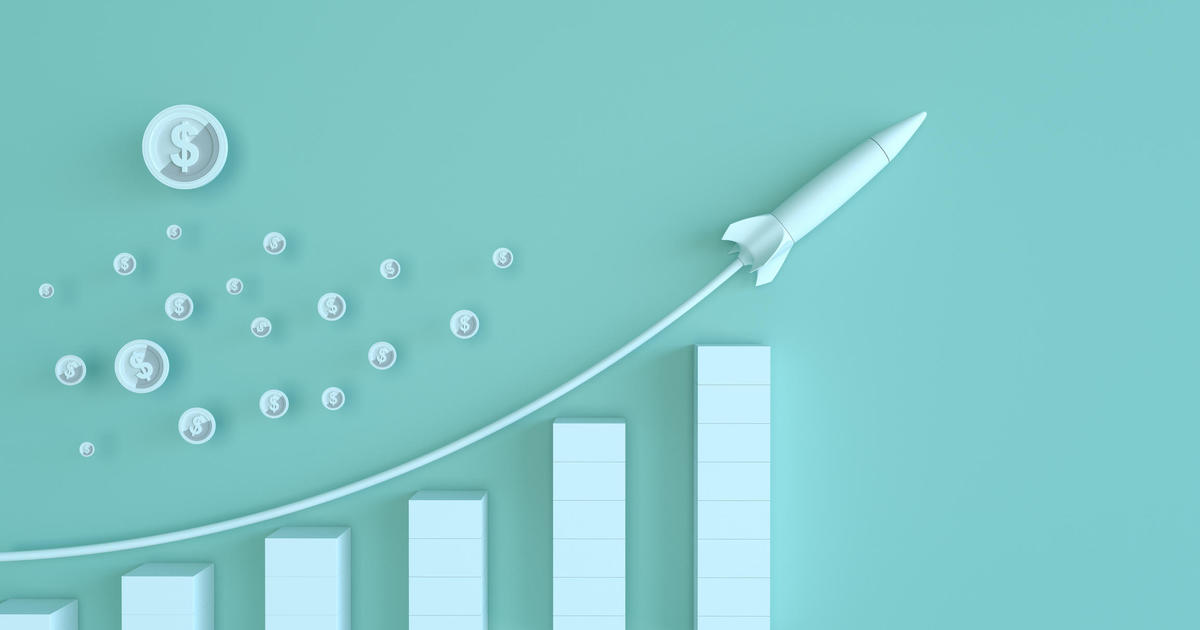4 big differences between money market and high-yield savings accounts
When it comes to managing your money, choosing the right savings account is a critical decision, especially right now. As persistent inflation and high interest rates continue to impact the economy — and your budget — it's important to put your savings to work in the most effective way possible.
And, high-yield savings accounts and money market accounts are two popular options for doing that. Both of these accounts allow you to park your cash while earning interest — and they both offer better returns than standard savings accounts.
However, there are also significant differences between the two that can impact your finances. It's important to understand these key distinctions so you can make an informed choice.
Find out the top rates you could be earning on your savings here.
4 big differences between money market and high-yield savings accounts
There are a few big differences worth noting between money market and high-yield savings accounts, including:
Interest rates
High-yield savings accounts are known for their competitive interest rates, which far surpass those of traditional savings accounts — especially right now. After the Fed's numerous rate hikes over the last 18 months, many of these accounts are offering rates above 5%, allowing you to earn a lot more in interest than you would with a regular savings account, which has an average rate of just 0.43% currently.
High-yield savings accounts are typically offered by online banks and credit unions, and their rates are variable, meaning they fluctuate with market conditions.
Money market accounts, on the other hand, typically have slightly lower average interest rates compared to high-yield savings accounts. As of August 21, 2023, the average money market account offers a rate of 0.62%, according to the FDIC. However, even the average rate still outperforms regular savings accounts by a significant margin.
And, it's worth noting that some money market accounts, especially those offered by online banks or larger institutions, may offer rates that are more comparable to high-yield savings accounts.
Learn more about your savings account options here.
Minimum balance requirements
High-yield savings accounts and money market accounts generally have different minimum balance requirements, and the differences can be substantial. High-yield savings accounts often have lower minimum balance requirements or even none at all, making them accessible to a broader range of savers. In fact, many of the high-yield savings accounts offering top rates also have low or no minimum deposit requirements, meaning that nearly anyone with a few dollars in their savings account can take advantage of earning a high APY.
Money market accounts, on the other hand, generally require you to have a higher minimum balance to open and maintain the account. The financial institutions offering money market accounts might waive monthly fees or offer higher interest rates for customers who maintain a substantial balance, but in most cases, you'll need to have a lot more money to deposit in order to earn the top rates on money market accounts.
Liquidity and access
Liquidity refers to how easily you can access your funds when needed. Both high-yield savings accounts and money market accounts offer a high degree of liquidity, making them suitable choices for an emergency fund or short-term savings goals.
With a high-yield savings account, you can typically make withdrawals or transfers online, through mobile apps or by visiting a branch if the bank has physical locations. Federal regulations limit certain types of withdrawals to six per month, but these restrictions are in place to ensure the account's status as a savings account, rather than a transactional account.
Money market accounts, on the other hand, typically come with check-writing capabilities and may provide a debit card for ATM withdrawals. The added flexibility that comes with check-writing and ATM access can make money market accounts more convenient if you need to access your funds frequently. However, like high-yield savings accounts, money market accounts also have limitations imposed by federal regulations, restricting the number of transactions you can make each month.
Fees
Fees can significantly impact the overall returns on your savings account. And, in general, high-yield savings accounts typically have fewer fees associated with them. Most of these accounts do not charge monthly maintenance fees and typically don't charge for making deposits or withdrawals either. This makes it cheaper to put your savings in a high-yield savings account (in most cases).
Money market accounts, meanwhile, generally have more fees, especially if you fall below the minimum balance requirements. Common fees associated with money market accounts include monthly maintenance fees, excess withdrawal fees (beyond the allowed limit) and fees for using the account's check-writing or debit card features.
The bottom line
Choosing between a high-yield savings account and a money market account depends on your financial goals and preferences. High-yield savings accounts tend to offer slightly higher interest rates and are more accessible for those with lower balances. Money market accounts, on the other hand, provide additional liquidity options, such as check-writing capabilities.
Ultimately, the best choice for you will depend on your specific financial needs. Before you make a decision, it's essential to compare the interest rates, minimum balance requirements and access options to determine which one aligns with your financial goals.




